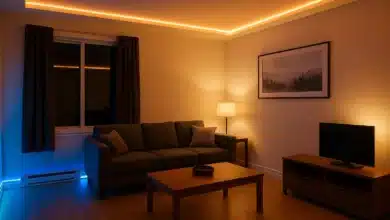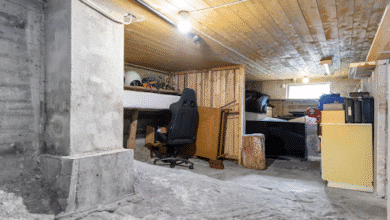Creating a Talking Point in Your Room: The Power of Unusual Furniture and Lighting

Every room tells a story. Whether it’s a talking point room designed for conversation, a dining area meant for gathering, or a workspace that fuels creativity, the furniture and décor you choose set the tone. But sometimes, a room needs more than just tasteful styling — it needs a feature, a talking point, something that captures attention and makes people stop and say, “Wow, that’s interesting.”
One of the most effective ways to achieve this is through the inclusion of unusual furniture or light fittings. A single standout piece can transform a space from ordinary to extraordinary, giving it personality, depth, and charm.
The Appeal of the Unexpected
In interior design, balance is important — but so is contrast. Introducing a piece that feels unexpected can create a sense of intrigue and visual excitement. It might be a statement armchair in a bold colour, a reclaimed industrial coffee table in an otherwise minimalist lounge, or a sculptural chandelier hanging over a rustic dining table.
These unique touches don’t have to dominate the space, but they should start a conversation. They invite curiosity — where did you find it, what’s the story behind it, and how does it fit so seamlessly into the rest of the décor?
Mixing Styles: Modern Meets Vintage, Industrial Meets Antique
A growing trend in interior design is the art of mixing styles. Blending old with new, or sleek with weathered, gives a room a layered, lived-in feel that’s both authentic and dynamic.
- Modern and vintage – The clean lines and simplicity of modern design act as the perfect backdrop for a carefully chosen vintage item. Picture a contemporary living space with mid-century furniture complemented by a beautifully aged leather armchair or a restored retro sideboard.
- Industrial and antique – Pairing raw materials like metal and exposed brick with the refined elegance of antique furniture creates a captivating balance. An ornate gilt mirror on an industrial concrete wall, or a rustic wooden dining table beneath a minimalist metal pendant light, bridges two very different worlds in a surprisingly harmonious way.
These contrasts work because they tell a story of time, texture, and taste. The mix of eras and influences reflects individuality and creates rooms that feel truly personal rather than showroom-perfect.
Let There Be (Interesting) Light
Lighting is one of the easiest ways to make a bold design statement. The right light fitting doesn’t just illuminate a space — it defines it.
Consider a dramatic chandelier in a modern kitchen, a cluster of Edison bulbs suspended over a dining table, or a quirky animal-themed floor lamp in an otherwise traditional setting. Each can serve as both a practical light source and a piece of art in its own right. Look at websites such as Blackbrook Interiors for ideas and inspiration.
The trick is to use lighting to draw the eye. A striking ceiling pendant or sculptural wall sconce can become the centrepiece of a room, while subtle accent lights can highlight architectural features or artwork, adding layers of depth and atmosphere.
Making It Work
To successfully integrate unusual pieces or mixed styles, keep these principles in mind:
- Anchor the room – Make sure your feature piece stands out, but doesn’t overwhelm. Balance bold elements with simpler surroundings.
- Repeat a detail – Echo a colour, material, or shape elsewhere in the room to create cohesion.
- Tell your story – Choose items that mean something to you — perhaps something collected on your travels or salvaged from a local antique market. Personality always trumps perfection.
- Embrace imperfection – A few mismatched textures or finishes can make a space feel more relaxed and real.
Final Thoughts
Designing a room with a feature or talking point isn’t about following trends — it’s about curating personality. By mixing styles and incorporating unusual furniture or lighting, you can create a space that feels unique, inspiring, and full of character.
After all, the most memorable interiors are those that surprise us a little — rooms that reflect the individuality of the people who live in them.






